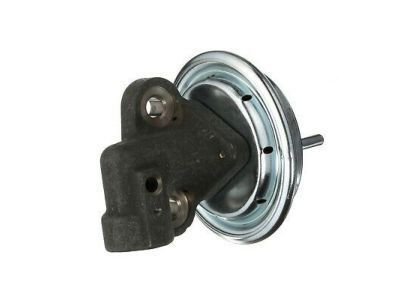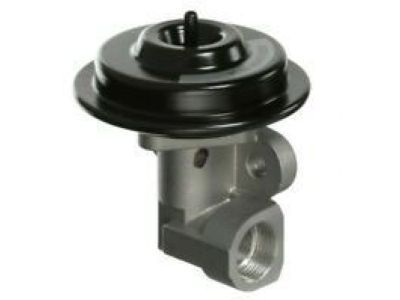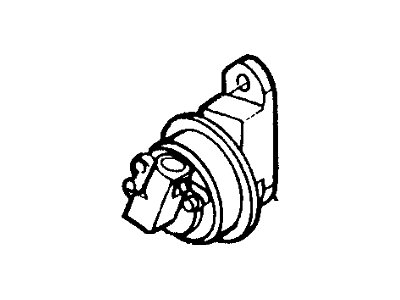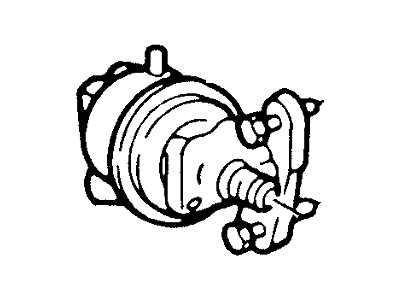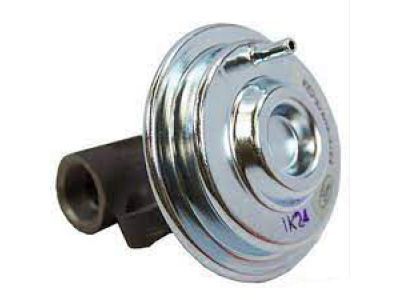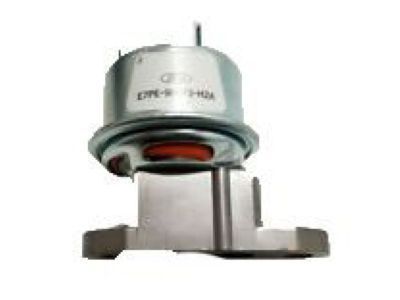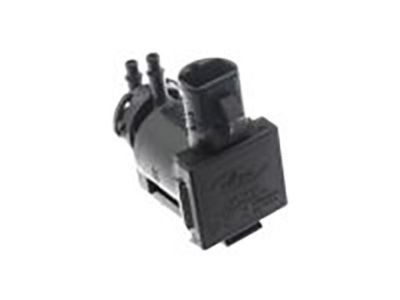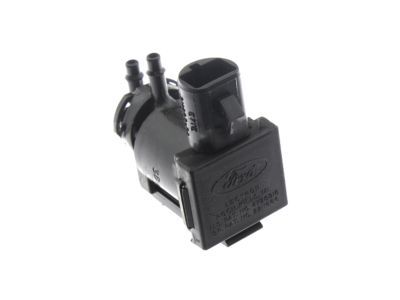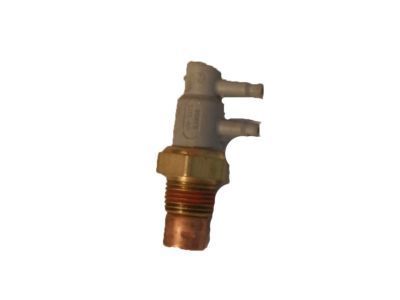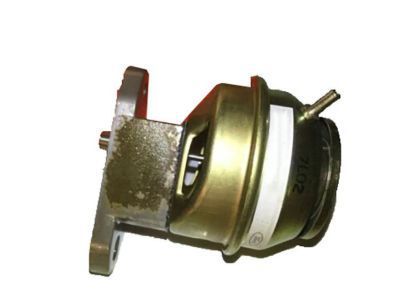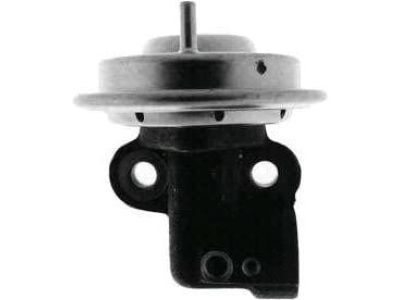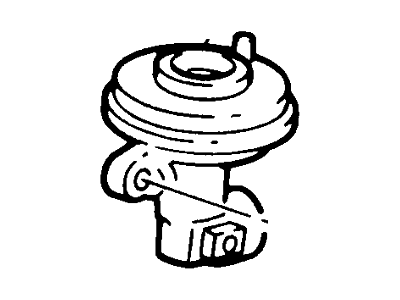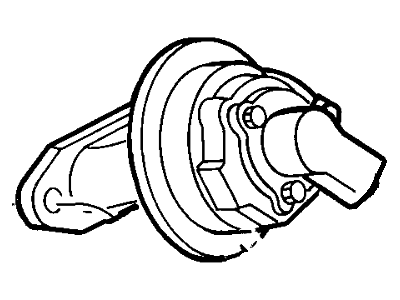×
- Live Chat
- 1-888-788-9341


My Garage
My Account
Cart
Genuine Ford Bronco EGR Valve
Emissions EGR Valve- Select Vehicle by Model
- Select Vehicle by VIN
Select Vehicle by Model
orMake
Model
Year
Select Vehicle by VIN
For the most accurate results, select vehicle by your VIN (Vehicle Identification Number).
38 EGR Valves found
Ford Bronco Valve - Exhaust Gas Recirculation
Part Number: JT4Z-9D475-A$263.29 MSRP: $423.64You Save: $160.35 (38%)Ships in 1-3 Business DaysFord Bronco Valve - Exhaust Gas Recirculation
Part Number: LB5Z-9D475-B$108.76 MSRP: $173.45You Save: $64.69 (38%)Ships in 1-3 Business DaysFord Bronco VALVE & ACTUATOR ASY
Part Number: E1PZ9H473E$39.30 MSRP: $53.69You Save: $14.39 (27%)Ships in 1-2 Business DaysFord Bronco Valve Assembly
Part Number: E7PZ9H473J$135.20 MSRP: $187.82You Save: $52.62 (29%)Ships in 1-2 Business DaysFord Bronco Valve Assembly
Part Number: E5TZ9D474AA$63.35 MSRP: $88.00You Save: $24.65 (29%)Ships in 1-2 Business DaysFord Bronco Valve - Exhaust Gas Recirculation
Part Number: F37Z-9D475-C$82.19 MSRP: $131.09You Save: $48.90 (38%)
| Page 1 of 2 |Next >
1-20 of 38 Results
Ford Bronco EGR Valve
The EGR Valve in the Ford Bronco is used to regulate the return of exhaust gases to the combustion chamber and hence, containing air pollution when the mixture of air and fuel is wrong. Is used to reduce nitrogen oxide emissions by reintroducing exhaust gas back into the cylinder to reduce O2 levels and peak temperatures. The technique has evolved from simple orifice jets to valves, operated by the engine status over the years in the EGR system. The modern systems may have backpressure transducers to manage the EGR flow. Although EGR is widely used to control the excessive emissions, some new engines are equipped with other systems instead of EGR such as Chrysler Pentastar 3.6. It means that an EGR valve should be properly maintained so that carbon accumulate does not block the valve.
We provide a wide range of Ford Bronco EGR Valve at the best prices possible. If you need Ford Bronco EGR Valve, you can shop with confidence on our website. All our OEM parts come with a manufacturer's warranty and are delivered to your door step with a fast delivery service.
Ford Bronco EGR Valve Parts Questions & Experts Answers
- Q: What is the function of EGR system,egr valve and other valve on Ford Bronco?A: For fuel economy purposes designers make adjustments to air/fuel ratios in cruise mode. When people mix lean, the combustion temperatures become high and generate pollutants like NOx. To control NOx during lean cruise modes, the EGR system reintroduces small quantities of exhaust gas into the intake manifold. It is the EGR valve that joins the exhaust system to the intake manifold, which is controlled by a vacuum-activated diaphragm. The F-series and Bronco vehicles have three different types of EGR systems, conventional ported vacuum, integral backpressure valve, and Electronic EGR (EEGR) system. The early non-U.S models used ported vacuum valves while early U.S carbureted models used integral backpressure valves.
- Q: How to remove and install Catalytic Converter, EGR Valve, EGR Valve Position Sensor and Vapor Canister on Ford Bronco?A: To begin with, disconnect the battery so as to perform maintenance on the EGR system components. To install a new O-ring during installation, unplug the electrical connector from the EVP sensor, remove the mounting bolts, and then detach the sensor. Disconnecting the battery is required for EGRC or EGRV Solenoid(s). They can be found on firewall, you will need to unplug the electrical connector, label and detach vacuum hoses, and remove the solenoid if it is held by bracket screws. EVR solenoid requires removing the solenoid, unplugging the sensor harness electrical connector and vacuum hose, and detaching the battery cable. Detach the vacuum line and mounting bolts after unplugging the electrical connector from EGR valve position sensor of the EGR valve. The valve should be removed after taking out the threaded fitting for the external exhaust supply tube (if present), unscrewing the mounting bolting, and removing a vacuum line. The gasket should also be replaced. When substituting an EGR valve without a position sensor; one can transfer the old one to fit with a new O-ring. Disconnect the battery before dealing with TAB/AIRB or TAD/AIRD solenoid(s) on the firewall then unplug the electrical connector from the solenoids located there then mark before removal of their vacuum hoses and solenoid/bracket screws. Labeling and disconnecting hoses are done when replacing faulty components in air pump and control valves on MTA systems before reattaching hoses.
- Q: What is the purpose of the emission control system and EGR Valve in Ford Bronco?A: The valves and components in the emission control system control exhaust gas recirculation (EGR) in vehicles. Its operation is based on a ported vacuum, which provides an ideal EGR signal during part-throttle and cruise conditions. BP valve modulates the flow of EGR using ported vacuum and exhaust back pressure. An electronic EGR valve controlled by a position sensor is used for EEGR. Troubleshooting entails dealing with issues affecting drivability, failed smog certifications or warning lights on the dashboard. The self-check function generates Diagnostic Trouble Codes (DTCs) to facilitate diagnosis. Vacuum testing, leakage tests, functional tests, and resistance measurements constitute some of the checks that need to be done on these systems.
